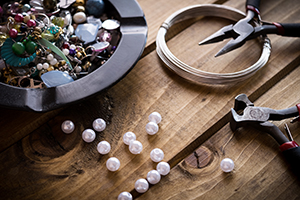We know that starting your jewellery making journey can be overwhelming which is why, as a part of our how to make jewellery hub we’re giving you some helpful advice, tips, guides and more on a range of jewellery making. Here we’ve listed what we think are some of the essential tools that you will need.
Beading requires quite a specific set of tools and accessories. None of them are particularly expensive thankfully, but there are many that you won’t want to be without once you have discovered them. Read on for my essential top picks.
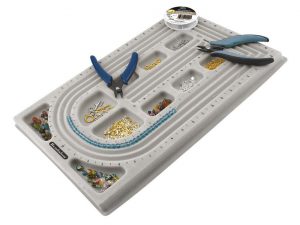
Design boards have to be up there as one of the most useful beading accessories. In short, they allow you to plan and lay out your design prior to stringing. The grooves are where you place your beads, and they allow you to experiment with colour and design whilst maintaining an overall shape and length. The measurements around the edge allow you to calculate the total length of a piece providing the beads are placed tightly together. And finally, the containers simply hold the beads whilst you work. All in all, a brilliant piece of kit.
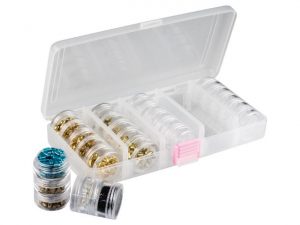
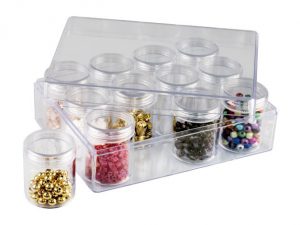
Good storage is absolutely essential when dealing with potentially hundreds of different colours and sizes of tiny beads. Ideally, you need containers within a container which will allow you to separate colours and sizes easily whilst remaining visible and within easy reach. Cooksongold have some terrific storage options specifically suited for beads which will have you organised in no time. Bear in mind that buying stackable options will minimise the footprint required for your bead stock.
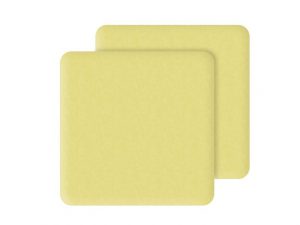
Although any soft material will help prevent your beads from rolling in all directions whilst you are working, a bead mat has been specifically designed for the job and will ultimately do it much better. Often with added cushioning and a sticky surface, they also make a very comfortable surface to work from.
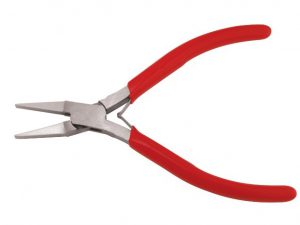
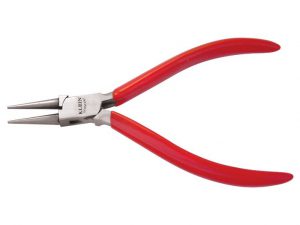
Pliers form the backbone of most jewellery toolkits and beading is no exception to this. Pliers are used to shape, bend and loop wire and come in a range of different profiles, but the most commonly used are flat nose and round nose so this is a good place to start. Round nosed pliers can be used to make loops, curves and jump rings, and flat nose (as the name suggests) flatten and straighten but also make bends and right angles, all useful in beadwork. If you can get sprung versions which simply bounce back when used which ease fatigue in the hands and make the action just a little easier.
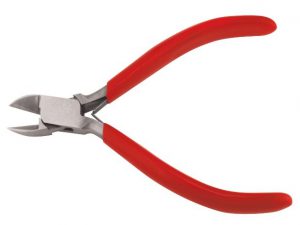
Side cutters are used to cut wire and have the cutting edge on one side, which results in a neat edge. They are often described as ‘flush’ or ‘semi-flush’ which refers to the condition of the wire end after cutting. They come in different sizes each suited to different gauges of wire so for example: 115mm Side Cutters pictured above are suitable to use with wire up to 0.8mm which is more than adequate for most beadwork.
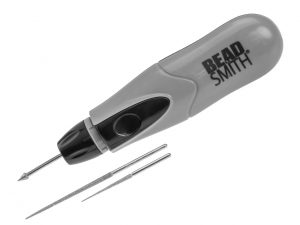
Bead reamers are used to widen and smooth holes drilled through the centre of beads. They can be particularly useful when working with materials such as wood, glass or shell and make threading that little bit easier if space is tight. Both electric and manual versions are available.
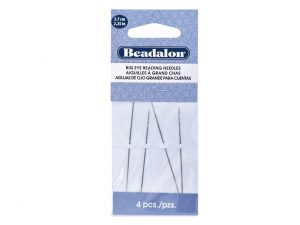
The needle you choose directly relates to the size of beads you are using and obviously needs to fit comfortably through the holes in your beads. It’s also important that it is comfortable to hold as beading is repetitive work and can take many hours.

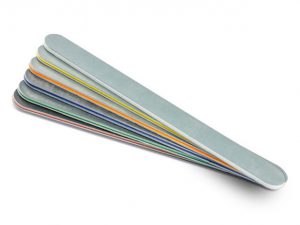
When using wire, you must make sure that any exposed ends are smoothed off and comfortable to wear next to the skin and this can be achieved with small files or abrasive boards covered with fine grit. Very fine wire might only require a brief rub over with an abrasive board. However, when using thicker gauges, you will need to fully round the ends using files or a cup burr (see below).
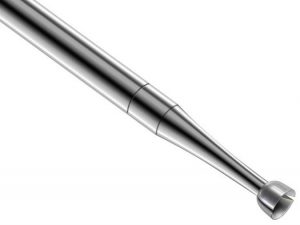
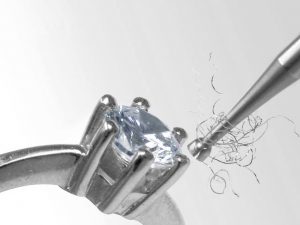
Cup burrs are used in conjunction with a rotary drill and can be used to fully round and smooth wire ends in seconds. A great time saver suitable for thicker gauges of wire, 0.65mm and up.
Written by Joanna Varney
Joanna has worked in and around the jewellery industry for well over 20 years. She has designed and created her own pieces as a designer maker, as well as working in jewellery retail on a much larger scale, producing designs and NPD for some of the UK’s largest high street retailers

Cooksongold

